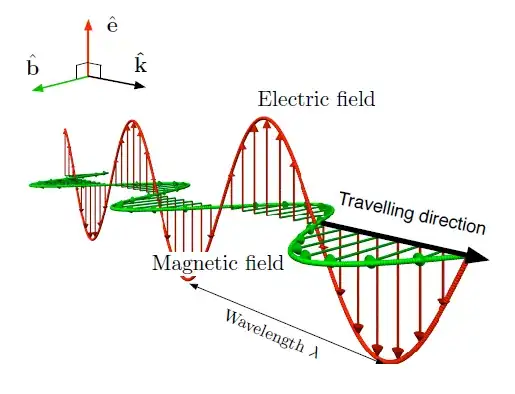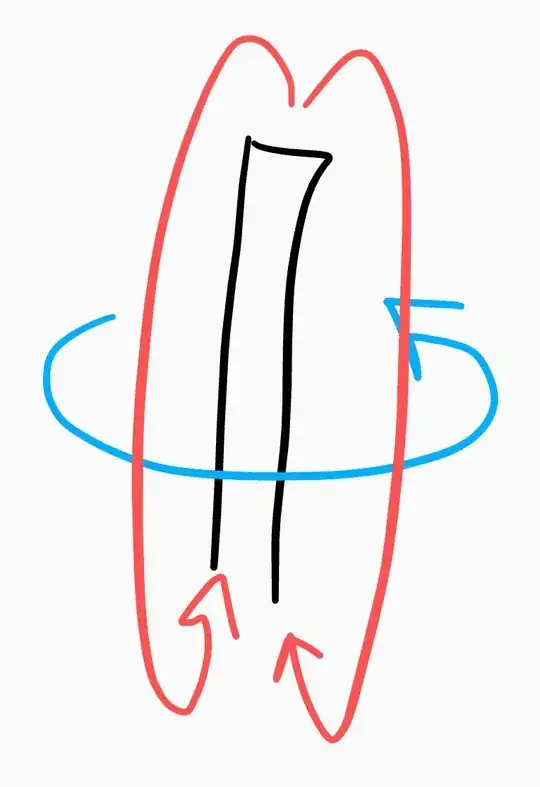They say that electric and magnetic fields are perpendicular to each other in electromagnetic waves but i am not getting how will they look together?
Two waves perpendicular to each other!
Can anyone give me an example of two waves perpendicular to each other from a daily life?
All i get from pictures is two sine waves perpendicular to each other but they are confusing. Can anyone provide me a 3D view of electromagnetic wave?

